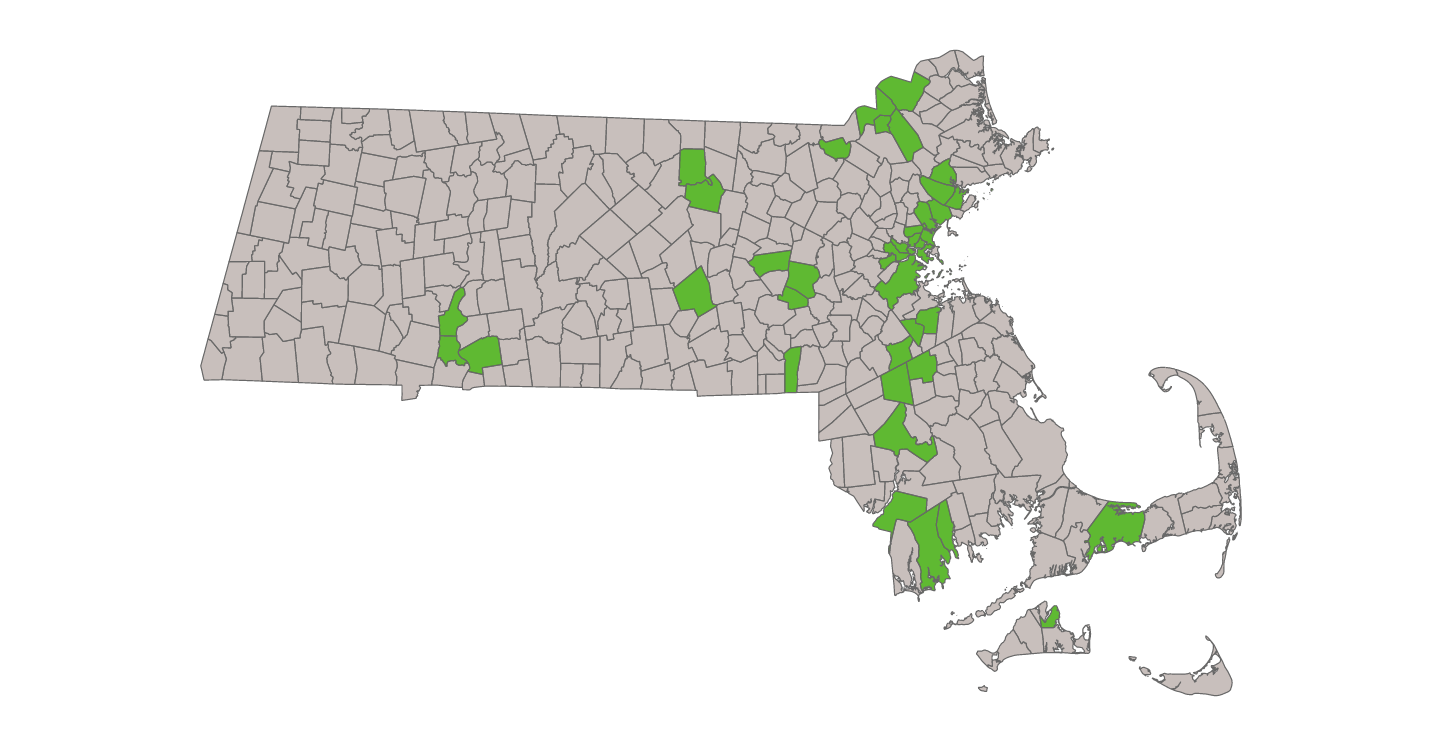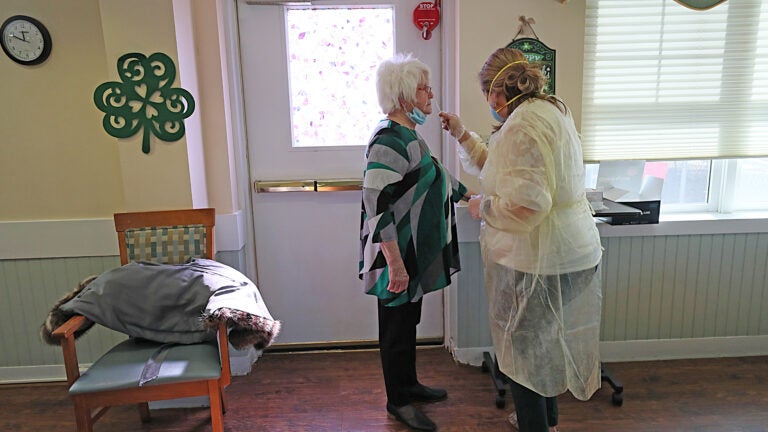Coronavirus
This is the second consecutive week that there hasn’t been a red zone.
There’s not a single community designated “red” or “yellow” by the state in terms of COVID-19 risk this week.
This is the second week in a row that there haven’t been any communities considered high risk, or labeled “red,” according to state data. Last week, there were seven communities with a yellow designation.
Meanwhile, just 38 Massachusetts cities and towns are in the “green” zone, meaning they have fewer than 10 cases per 100,000 residents while still having more than 10 or 15 total cases, depending on population.
The communities that make up the green designation account for 10 percent of the state’s cities and towns. The rest of the state is grey, meaning less than 15 or 10 new cases in the last two weeks, depending on population size.
A community receives a red-zone designation based on a few factors. Small communities with under 10,000 residents are placed in the red zone if they have more than 25 cases total over the last two weeks. For communities between 10,000 and 50,000 people, a red-zone designation is given if the community has 10 or more average daily cases per 100,000 residents and if the positivity rate is greater than or equal to 5 percent. For communities over 50,000, they need a daily average of 10 or more cases per 100,000 residents and a positivity rate of 4 percent or higher.
Towns given a yellow designation meet one of the criteria noted above for red-zone communities, but not both.
As of Thursday, nearly 3,893,000 residents had been fully vaccinated against COVID-19.

Newsletter Signup
Stay up to date on all the latest news from Boston.com






